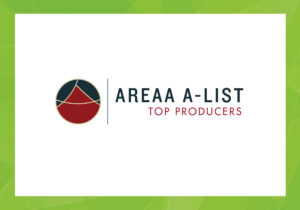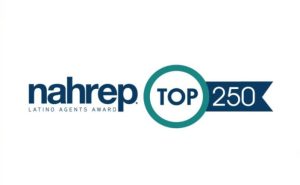Five years after we entered this current downturn, some real estate professionals still attempt to close transactions through the sole use of traditional forms of financing. By traditional, I am referring to “30-year fixed”, “ARMs” and “Balloon” mortgages, yet these financial tools can hardly be seen as applicable to some of the marketing methods which are becoming more and more prevalent and that promise to remain with us in coming years.
Real estate auctions provide a good example of this. Many auctions protect Realtor involvement, and are therefore an additional revenue opportunity for Realtors. However, a large number of properties being auctioned require special financing that allows for properties being purchased to be rehabbed in some fashion. Auction companies have only one interest: to get the property sold. So often the clauses “financing not available” and “proof of funds required” will be noted on specific properties. This means that the buyer needs to demonstrate that cash is readily available for purchase and that no allowance is being made for conventional mortgage processing. For this reason, many people who purchase property at auction have investor financing that allows not only for the purchase of the property, but also provides funding for needed home improvements. Often times, there is even a moratorium on payments permitted for several months, to allow for completion of repairs before payments begin.
So many examples of special financing exist that it almost staggers the mind. Below is just a quick and very limited sampling of the many choices that homeowners and investors have in selecting financing type for their properties. Each has its own unique purpose and audience, but rest assured there are tools available for all type of buyers and sellers and all types of situations.
For Homeowners
- Fannie Mae 97 – 3% down (or less), up to 38% qualifying ratio
- Fannie Mae 2-4 unit program – Owner occupied up to 4 units, portion of rent used to qualify the buyer, dedicated to rural areas (under 50K residents)
- 203K – No PMI, moratorium on payments for 6 months to allow for repairs to be completed
- Seller financing – Points, pre-payment penalty, term and interest rate are all negotiable
For Investors
- Hope 3 Program – For purchase and refurbishing
- Title One – For home improvement, no appraisal required, no equity needed, takes second or third position, no pre-payment penalty, flat rate for up to 20 years
- Portable mortgages – Variable term, reusable loan
- Wrap-around mortgage – Can facilitate a purchase while leaving existing loans in place
- Seller financing – Allows sellers to take payments over time, creating residual-type earnings and mitigating tax exposure
The possibilities and interplay between the types of financing available are too numerous to discuss in the context of a blog. Some investors that I have spoken with and read about have identified as many as 200 different ways to finance a real estate transaction, yet many real estate salespeople can name only three!
It is time to act! Some steps that can be taken include:
- Pursue training in the area of creative finance
- Take a course in real estate investing
- Take a situational approach to financing. Look for creative ways to facilitate each sale and present them
- Ask every seller if they are in a position to consider owner financing and explain how it works
- Think of yourself as a “transaction coordinator”
- Use your imagination…there is gold there!







